Share
After 75 Years, Their Home Was Destroyed
This is the latest in our One Photo series, where photographers share their most meaningful photo and the story behind it. On July 2, 2002, phot...

This is the latest in our One Photo series, where photographers share their most meaningful photo and the story behind it.
On July 2, 2002, photojournalist Scott Strazzante spent the morning with suburban Chicago cattle farmer Harlow Cagwin witnessing his final moments in the farmhouse he had lived in for 75 years.
Harlow and his wife, Jean, were scrambling to pack the last of their belongings as a construction crew waited outside to level their two-story house to make way for a high-density subdivision.
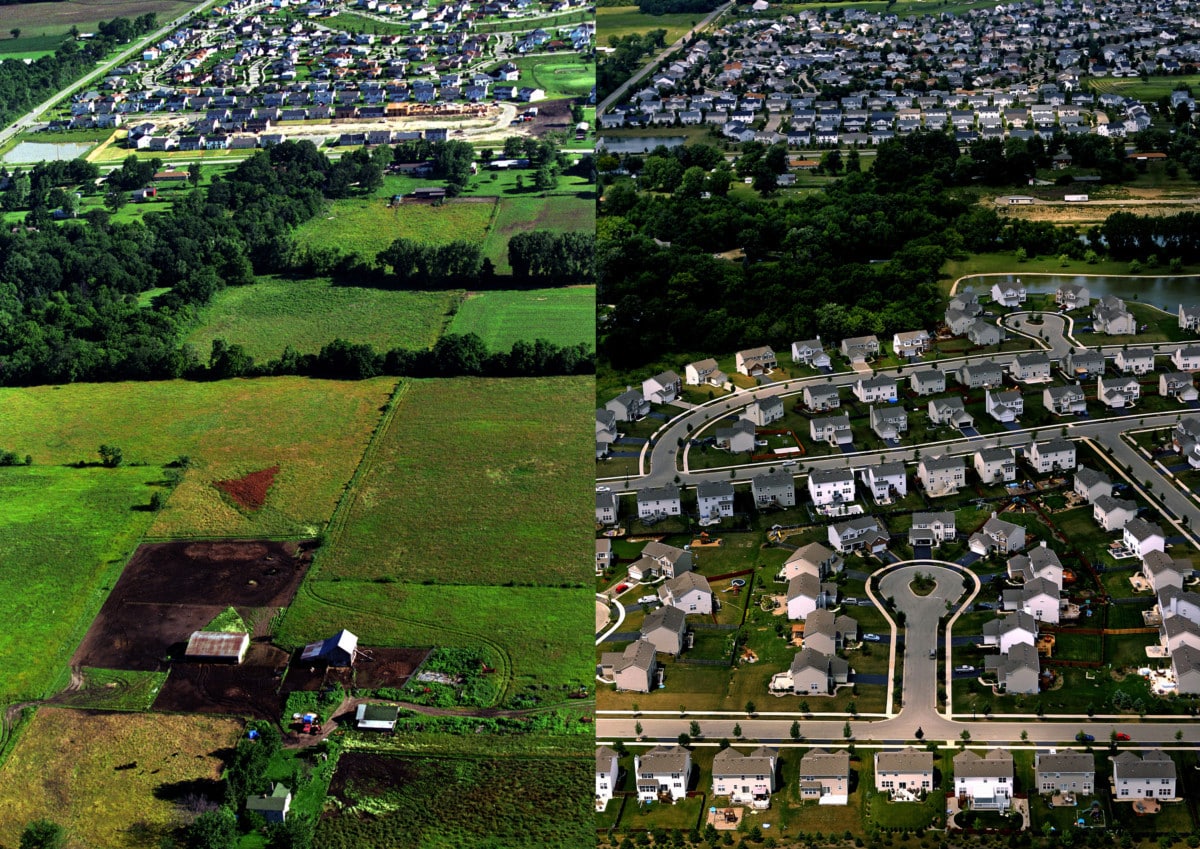
© Scott Strazzante
This day culminated Scott’s eight-year documentation of the Cagwins’ life and ended the first half of his project Common Ground. He would ultimately start the project again five years later to photograph the Grabenhofer family who moved into a house just feet from where the Cagwin home once stood.
“I visualized a thousand times how I was going to document the final moments of the Cagwins’ time on the farm,” said Scott. “But, of course, reality happened differently than anything I had imagined.”
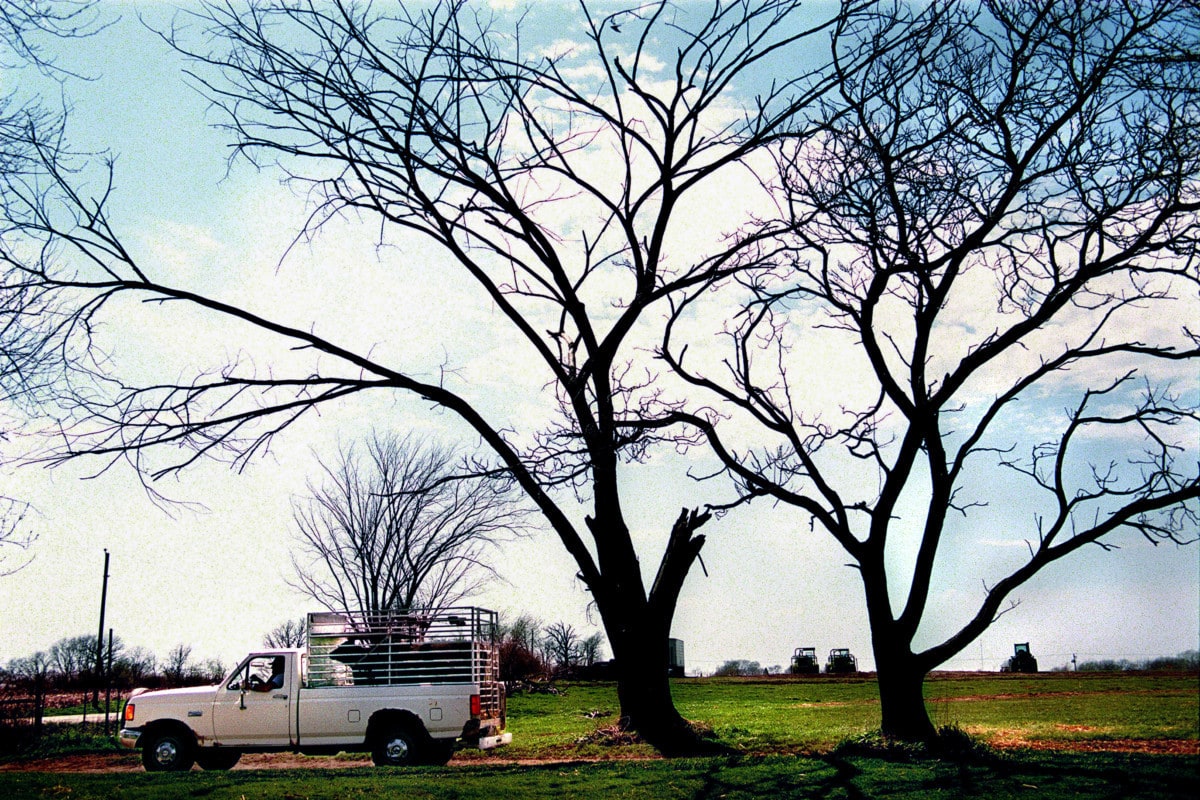
© Scott Strazzante
Scott remembers that as Jean and Harlow stepped off their concrete porch into the midday sun, the only noise to be heard was the engine starting on the excavator. By the time the Cagwins had made it to the middle of their front yard, a large hole had been punctured into their bedroom.
Jean wandered off to take photos of the razing with her disposable camera, and Harlow settled onto a felled tree to watch a lifetime of memories be reduced to rubble. It was then that Scott would take this photo.

© Scott Strazzante
He stayed with Harlow as he spent 20 minutes watching the excavator knock down the home wall by wall. Finally, having seen enough, Harlow gazed down toward the earth, gathered his thoughts and headed off toward his truck and to a new home.
“My photographic goal is to summarize a story, a feeling, an issue in one frame,” said Scott. “This image is as close in my 30 year-long career that I have come to accomplishing that mission.”

© Scott Strazzante
The image today is important to Scott both professionally and personally. Professionally, it gave him closure to his years-long photo story on Harlow and Jean Cagwin. Personally, it was an emotional day capping off an emotional month for two people that he had come to love. Over the years, he became not just a dispassionate observer but part of their family.
“One of the things that I have realized being a newspaper photographer is that newspapers do a very poor job of documenting daily life.”
“Yes, we are there if your house burns down or if you win a state championship,” said Scott. “We will show up if you are protesting a war or come to your home if your child is overcoming a severe handicap, but if you are just an average, everyday Joe, we have no time for you.”
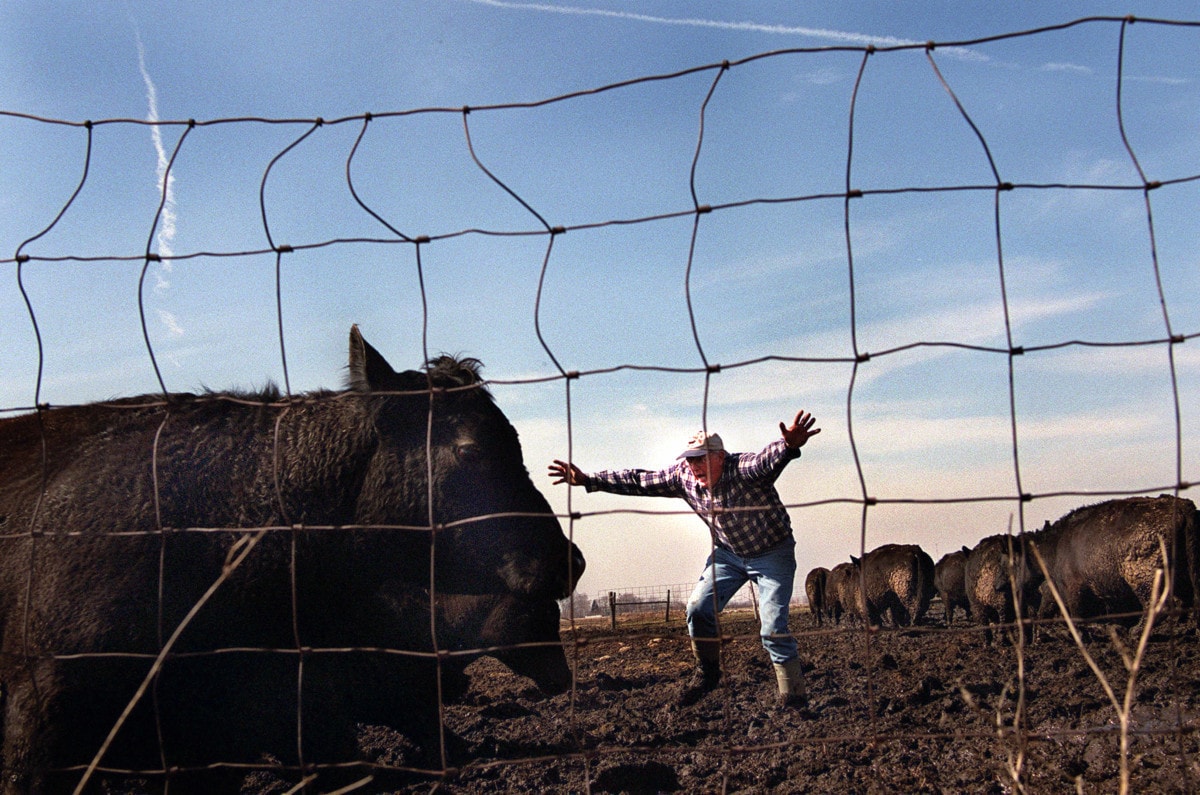
© Scott Strazzante
“I understand that newsgathering, like most businesses, is a for-profit endeavor and many organizations follow the mantra ‘If it bleeds, it leads,’ but that doesn’t mean I have to agree with it.”
With those thoughts in mind, Scott has always skewed his personal work to document everyday life — shooting street photography with his iPhone, photographing in people’s kitchens — the mundane moments.
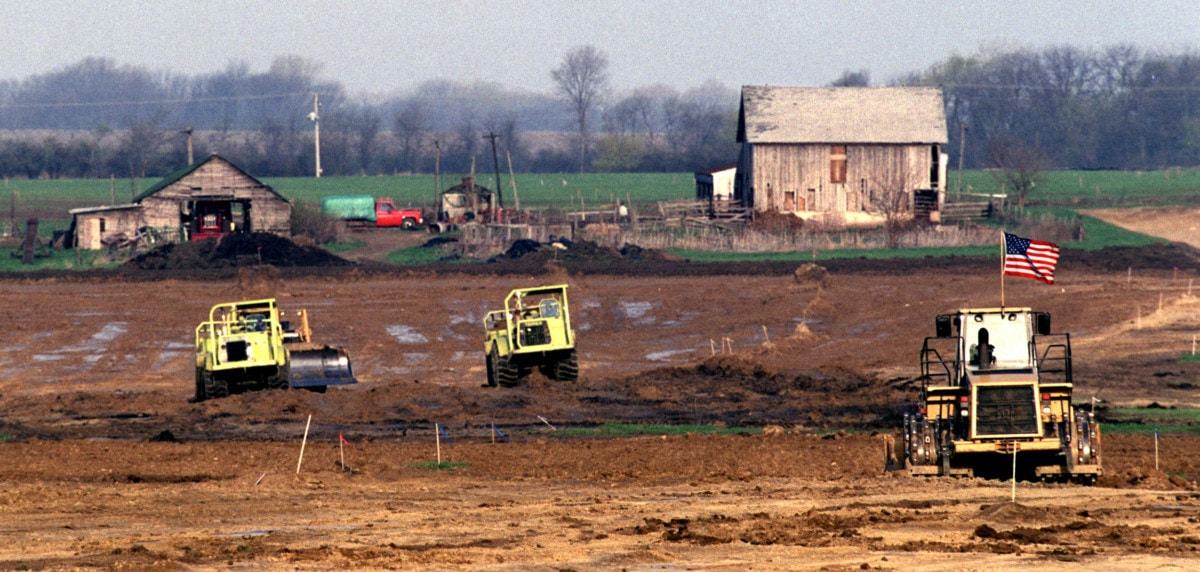
© Scott Strazzante
That’s why in 1994, when he was sent to Cagwin’s cattle farm for a two-hour assignment, he knew he had to return. And he did. Over and over again for nine years.
Over those years, as the Cagwins labored and loved, Scott learned more about life than he could have imagined. “I was finding universal truths in what others might view as insignificant moments, and all the while I was slowly becoming a historian,” Scott said. “I was telling the history of the Cagwins and their land, chronicling a way of life that is slowly going away.”
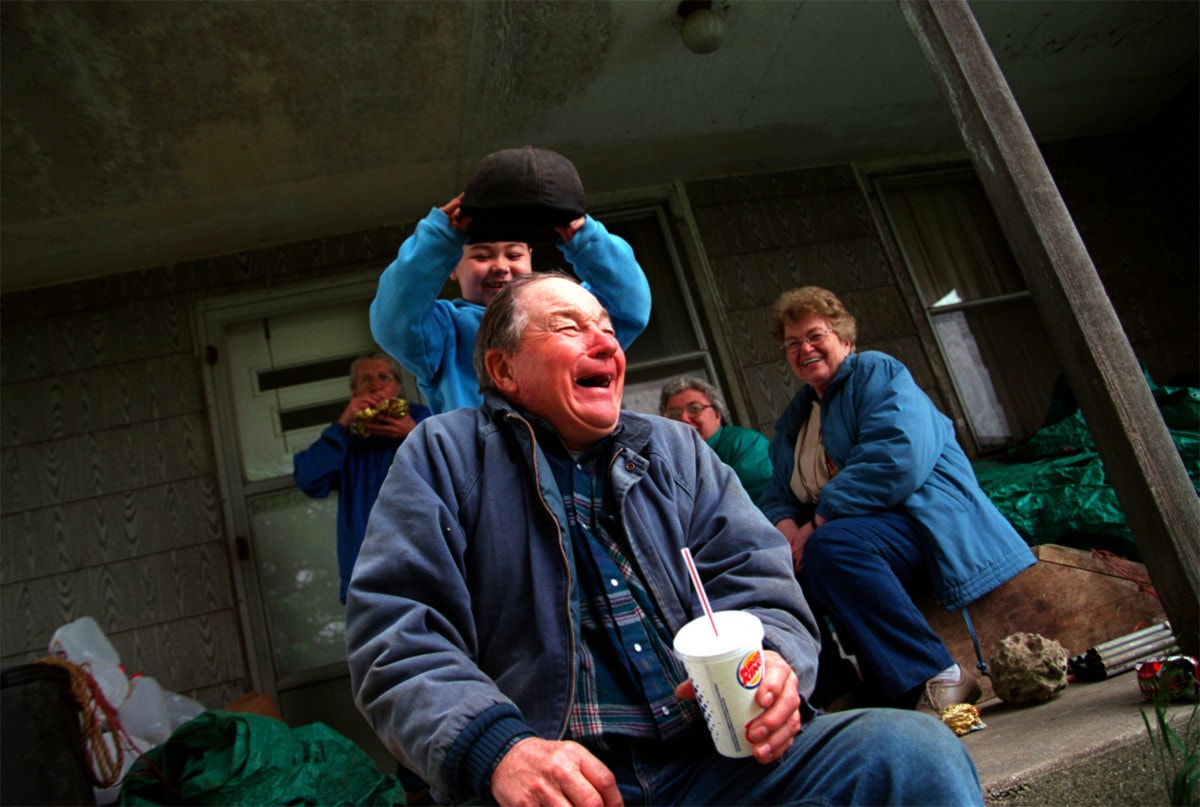
© Scott Strazzante
After his days with the Cagwins ended in 2002, Scott continued to photograph the land as it transitioned to being home of the Willow Walk subdivision.
In 2007, the Grabenhofer family became the next chapter in his record of the land’s history, and he’s been photographing their suburban existence ever since.

© Scott Strazzante
“The passing of time is a difficult thing to document, and it really never was my plan,” said Scott. “I just was looking to slow down and let life come to me instead of chasing it.”
Today, this image reinforces for Scott that time and access are the two most important factors in storytelling. “With those two elements, any subject matter can become a great tale.”
—-
What’s your one photo? Email onephoto@photoshelter.com with your image and a few sentences telling us what it means to you.* We’ll pick our favorites to share.
*By emailing in your image, you are subscribing to PhotoShelter’s Terms and Conditions. We have no right to use your photographs without your permission, and we claim no commercial rights to them. If we choose to share you images in any way, we will ask your permission first.


